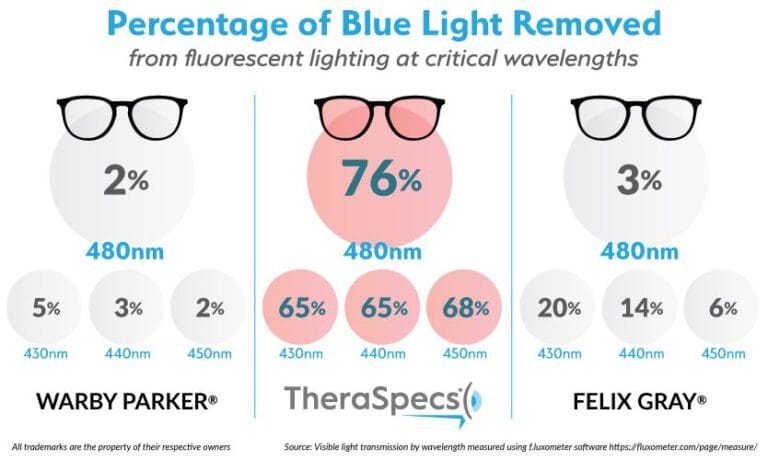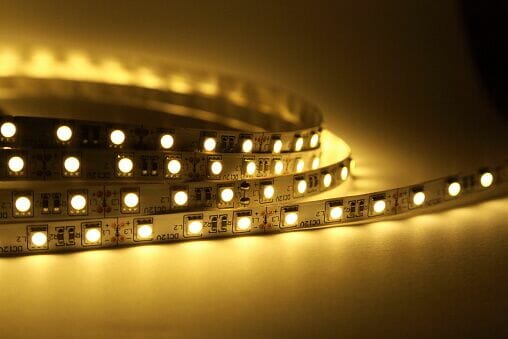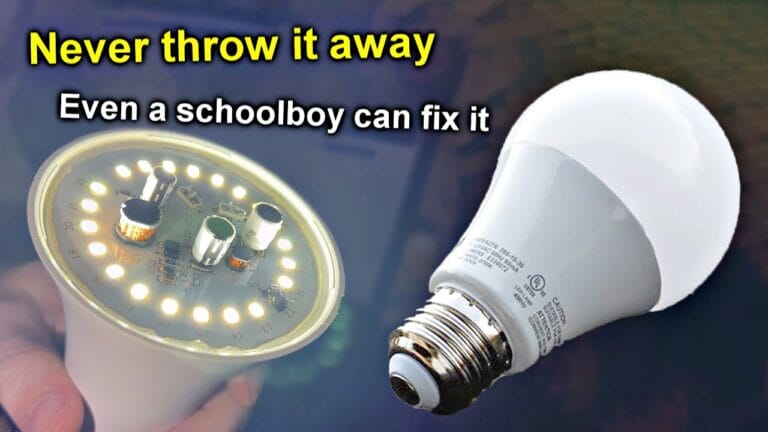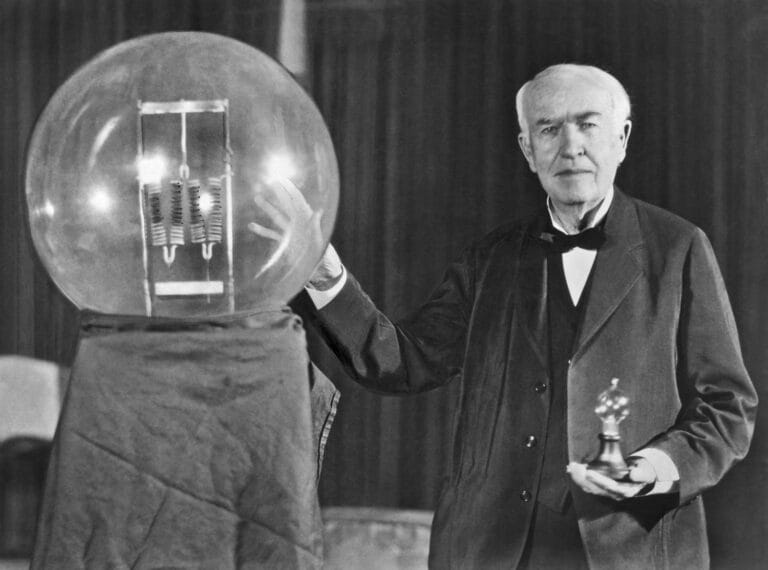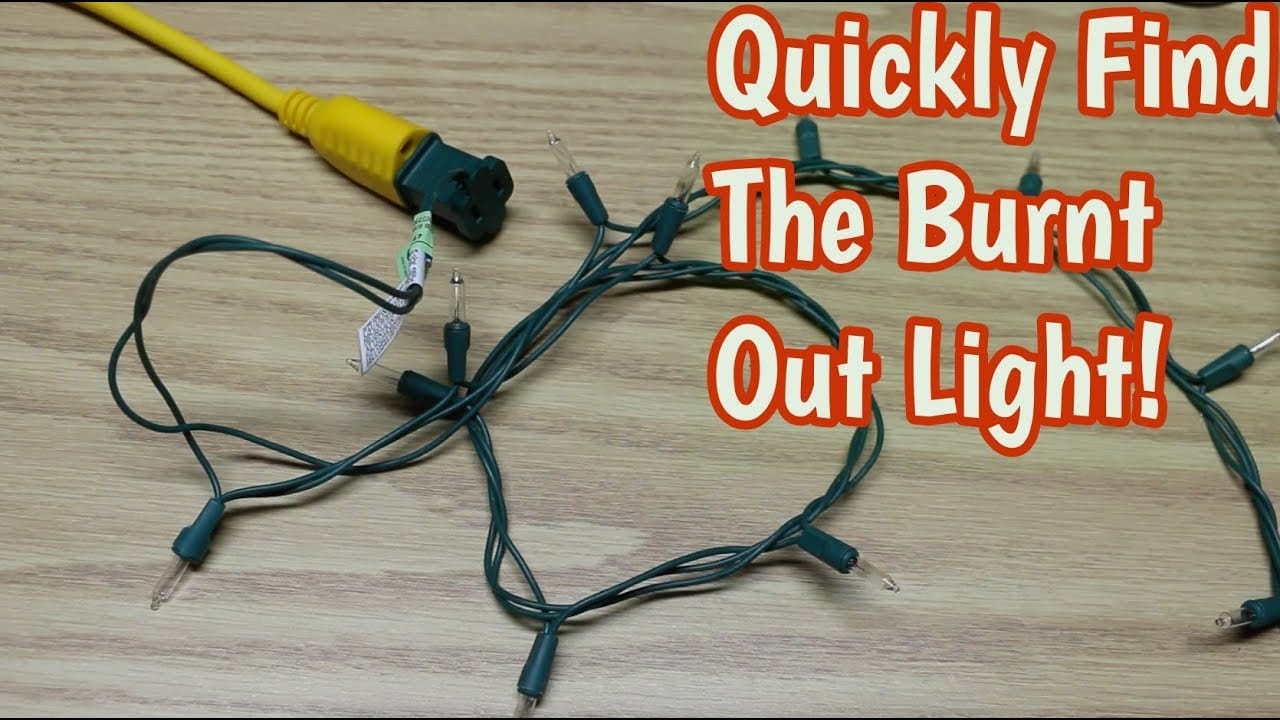
Are you wondering how to find a dead bulb in your Christmas lights? Well, you’re in luck! In this article, we’re going to dive into the process of identifying those pesky dead bulbs that are preventing your festive lights from shining their brightest.
Picture this: it’s the holiday season, and you’re excited to decorate your home with beautiful twinkling lights. But when you plug in the string of lights, you notice that a few bulbs are mysteriously unlit. Don’t worry, we’ve got your back!
Finding a dead bulb in your Christmas lights may seem like a daunting task, but fear not! We’ll guide you through the process step-by-step, making it super easy for you to identify and replace those non-functioning bulbs. So, let’s get started and bring back the sparkle to your holiday decorations!
How to Find Dead Bulb in Christmas Lights: A Guide to Keeping Your Decorations Bright
Is your Christmas light display not shining as bright as it should? Follow these simple steps to find the dead bulb and get your lights glowing again:
- Start by unplugging the lights from the power source.
- Inspect each bulb carefully for any signs of damage or discoloration.
- Replace any visibly broken or burnt-out bulbs with new ones.
- If the strand still doesn’t work, use a light bulb tester to locate the dead bulb.
- Once found, replace the dead bulb, plug the lights back in, and enjoy the festive glow!
How to Find Dead Bulb in Christmas Lights
When faced with an entire strand of unlit Christmas lights, it can be overwhelming to figure out which bulb is causing the issue. However, with a systematic approach, you can identify the problem bulb and replace it effectively. Follow these steps to locate the dead bulb:
1. Unplug the Lights and Inspect the Bulbs
The first step is to unplug the Christmas lights from the power source to ensure safety. Carefully inspect each bulb, looking for any signs of damage, discoloration, or loose connection. Sometimes, a simple visual examination can identify the problematic bulb.
If the bulbs appear intact, gently wiggle each one to check for looseness. A loose bulb connection can prevent the flow of electricity, causing the entire strand to go dark. Tighten any loose bulbs, as this may be the quick fix you need.
If the bulbs all appear to be in good condition, move on to the next step.
2. Use a Bulb Tester
A bulb tester is a handy tool designed to help locate dead bulbs in a string of Christmas lights. It works by sending a small electrical current through each bulb to see if it is functioning properly. Follow these steps to use a bulb tester:
- Ensure the lights are unplugged before using a bulb tester.
- Start at one end of the strand and insert the tester into each bulb socket.
- If the bulb lights up when tested, it is functioning correctly. If it does not light up or flickers, it is likely the dead bulb.
- Continue testing each bulb until you find the one that does not light up or flickers consistently. This is the dead bulb that needs replacing.
If you do not have a bulb tester, you can also try the next method.
3. The Halving Method
If you don’t have a bulb tester on hand, the halving method can help you identify the dead bulb. This method works by dividing the string of lights into smaller sections to narrow down the search.
Follow these steps to use the halving method:
- Unplug the lights and divide the strand into two equal parts.
- Plug in one half of the strand and observe if it lights up. If it does, the dead bulb is in the other half. If it remains unlit, the dead bulb is in the half you plugged in.
- Continue dividing the unlit half into smaller sections and testing each section until you find the dead bulb.
Once you have identified the dead bulb, replace it with a new one of the same wattage and style. Check that the lights are working before hanging them back up.
4. Prevent Future Issues
Now that you have successfully found and replaced the dead bulb in your Christmas lights, take some preventive measures to avoid future issues:
- When storing your Christmas lights, wrap them around a cardboard or plastic spool to prevent tangling and damage.
- Label the end of each strand with its length and any specific notes (e.g., “living room window”) to make installation easier in the following years.
- Consider investing in LED lights, which have a longer lifespan and are less likely to experience dead bulbs. LED lights are also more energy-efficient, saving you money on your electricity bill.
- Regularly check your Christmas lights before installing them to catch any dead bulbs or other issues early.
Common Causes of Dead Bulbs in Christmas Lights
Understanding the common causes of dead bulbs in Christmas lights can help you troubleshoot and prevent issues in the future. Here are some common culprits:
1. Loose Connections
Loose connections between bulbs can prevent the flow of electricity and cause light strands to go dark. Ensure all bulbs are securely plugged into their sockets and tighten any loose connections.
2. Bulb Burnout
Regular wear and tear can cause individual bulbs to burn out over time. If you notice multiple dead bulbs in a relatively new strand, it may be a sign of poor quality or defective bulbs.
3. Overloading the Circuit
Plugging too many strands of Christmas lights into a single circuit can overload it and cause bulbs to burn out prematurely. Make sure to distribute your lighting display across multiple outlets to avoid overloading and potential dead bulbs.
4. Environmental Factors
Extreme weather conditions, such as heavy rain or snow, can damage Christmas lights and cause bulbs to die. Consider using weatherproof or outdoor-rated lights if you plan to decorate your outdoor spaces.
Troubleshooting Tips for Finding Dead Bulbs
While the methods mentioned above are effective, sometimes finding dead bulbs in Christmas lights can be challenging. Here are some additional troubleshooting tips to help you out:
1. Check the Fuse
Some Christmas light strands have a fuse located in the plug. If the entire strand is unlit, it may indicate a blown fuse. Replace the fuse and test the lights again.
2. Replace Multiple Dead Bulbs
If you have more than one dead bulb in a string, it may be more efficient to replace all the bulbs instead of searching for each individual culprit. This ensures that all the bulbs are in good working condition.
3. Seek Professional Help
If you have tried all troubleshooting methods and still cannot determine the cause of the issue or find the dead bulb, it may be time to seek professional help. Electricians or holiday lighting experts can assist in diagnosing and fixing the problem.
By following the steps outlined in this article, you can easily find dead bulbs in your Christmas lights and restore the festive atmosphere to your home.
Remember to take preventive measures, such as proper storage and regular maintenance, to minimize future issues. Don’t let a few dead bulbs dim your holiday spirit – use these tips to keep your Christmas lights shining bright year after year.
Frequently Asked Questions
When it comes to finding a dead bulb in your Christmas lights, it can be a frustrating experience. But don’t worry – we’re here to help! Check out these frequently asked questions for some guidance on how to tackle this issue.
1. How do I find a dead bulb in my Christmas lights?
Finding a dead bulb in your Christmas lights can be a bit of a challenge, but there are a few steps you can take to identify the culprit. First, unplug the lights and carefully examine each bulb. Look for any bulbs that appear dimmer or darker than the others, as this may indicate a dead bulb. You can also try gently tapping each bulb to see if it lights up momentarily.
If you’re still having trouble locating the dead bulb, you can use a tool called a bulb tester. This device allows you to test each bulb individually to see if it’s functioning properly. Simply insert the bulb into the tester and turn it on. If the bulb doesn’t light up, you’ve found your culprit!
2. Are there any troubleshooting tips to help me find a dead bulb?
If you’re having trouble finding a dead bulb in your Christmas lights, there are a few troubleshooting tips you can try. First, check the fuses in the plug. Sometimes, a blown fuse can cause an entire strand of lights to go out. Replace any blown fuses with new ones and see if the lights come back on.
Another tip is to check the connections between the bulbs. Sometimes, a loose or faulty connection can cause an entire section of lights to go out. Gently wiggle the bulbs to see if any connections are loose or try replacing any suspect bulbs to see if that solves the issue.
3. Can I repair a dead bulb or should I replace it?
In most cases, it’s best to replace a dead bulb rather than attempting to repair it. Christmas lights are designed so that each bulb is connected in a series, meaning if one bulb goes out, it can disrupt the flow of electricity to the rest of the strand. Trying to repair a dead bulb can be challenging and time-consuming, and it’s often more cost-effective to simply replace it.
You can typically find replacement bulbs at your local hardware or home improvement store. Make sure to bring the dead bulb with you to ensure you purchase the correct size and type. If you’re unsure of the specifications, a store associate can help you find the right replacement.
4. Do LED Christmas lights have dead bulbs?
Yes, LED Christmas lights can have dead bulbs as well. While LED lights are generally more energy-efficient and have a longer lifespan, they are not immune to malfunctions.
If you’re experiencing an issue with your LED Christmas lights, such as a section of lights not working, it’s likely due to a dead bulb or a faulty connection.
The same troubleshooting steps mentioned earlier can be applied to LED lights. Check the bulbs for any signs of dimness or darkness, use a bulb tester if necessary, and inspect the connections between the bulbs. Remember to always unplug the lights before inspecting or replacing any bulbs to ensure your safety.
5. How can I prevent dead bulbs in my Christmas lights?
While it’s difficult to completely prevent dead bulbs in Christmas lights, there are a few things you can do to minimize the chances of encountering this issue. First, be gentle when handling and installing the lights. Rough handling can cause bulbs to break or become loose, resulting in dead bulbs.
Additionally, it’s a good idea to store your Christmas lights properly when not in use. Tangled or improperly stored lights can lead to twisted or damaged wires, which can cause bulbs to go out. Consider investing in a storage container specifically designed for Christmas lights to keep them safe and tangle-free.
Finding a dead bulb in your Christmas lights can be frustrating, but it’s not impossible to fix. Start by checking the bulbs, and replacing any that are visibly broken or burned out.
If the problem persists, use a voltage tester to identify the faulty bulb by checking for continuity. Once you find it, replace the dead bulb and your lights should start working again.
Remember to unplug the lights before attempting any repairs and always handle the bulbs with care to avoid breakage. With a little patience and troubleshooting, you can have your Christmas lights shining brightly again in no time.



